Topics
Category
Era
Eastman, Seth (1808–1875)
Seth Eastman was a painter and soldier best known for his depictions of the everyday life of Dakota and Ojibwe people around Fort Snelling in the 1840s. He stands out among other nineteenth-century American artists—particularly those who also painted American Indian people—because of his commitment to realism. Unlike his peers, Eastman mostly avoided romanticizing the Native people with whom he lived.
Seth Eastman was born in 1808 in Brunswick, Maine. He attended the U.S. Military Academy at West Point, where he was trained in topographical drafting and sketching. After graduation, he was sent first to Fort Crawford in Wisconsin and then to Fort Snelling in Minnesota.
In 1830, during his first tour at Fort Snelling, Eastman married a Bdewakaŋtuŋwaŋ Dakota woman named Wakaŋ Inażiŋ Wiŋ (Woman Who Stands Sacred). She was a daughter of Maḣpiya Wic̣aṡṭa (Cloud Man), leader of the village at Bde Maka Ska (White Earth Lake, formerly known as Lake Calhoun).
The couple had a daughter named Wakaŋ Tanka Wiŋ (God Woman/Great Spirit Woman). Wakaŋ Tanka Wiŋ—called Nancy or Mary Nancy in English—was the mother of author and lecturer Ohiyesa (The Winner, called Charles Alexander Eastman in English).
After his first tour was completed, in 1833, Eastman left his new family and returned to West Point to teach drawing. Soon afterward, without officially separating from Wakaŋ Inażiŋ Wiŋ, he married Mary Henderson, a military surgeon’s daughter, in New York. She published a number of books and essays, most illustrated by Eastman.
During Eastman’s time as a teacher, he published a Treatise on Topographical Drawing. He also became an increasingly skilled oil painter. Most of his paintings from this period were landscapes made around West Point, but he also created paintings based on previous sketches made during his time in Minnesota, like Fort Snelling on the Mississippi Near the Falls of St. Anthony.
After being briefly stationed in Florida in the summer of 1840, Eastman returned to Fort Snelling. Between 1841 and 1848, he served as commander of the fort four times. He also produced a large number of oil paintings, drawings, and watercolors of his surroundings and the Native people of the area. Both Seth and Mary built strong relationships with their Dakota and Ojibwe neighbors and learned their languages.
In 1848, Eastman was transferred to Texas and stayed there until 1849. He left Texas in September of that year and was granted a five-month leave to go to Washington. There, he worked on the illustrations for Henry R. Schoolcraft’s Historical and Statistical Information Respecting the History, Condition, and Prospects of the Indian Tribes of the United States. The first volume was published in 1851.
For this work, Eastman created eighty-five compositional drawings of Native life and more than 180 drawings of artifacts and maps. The subjects of these drawings included weapons, tools, clothing, pictographs, landscape views, and ceremonies. The images were then reproduced as engravings or colored lithographs for publication.
Soon after he arrived in Washington, Eastman was asked by congressional delegate Henry Sibley to help design the Minnesota territorial seal. Eastman took on the job, and his version was adopted.
From 1855 to the outbreak of the Civil War, Eastman was stationed throughout the country. In 1861, he was made a mustering and disbursing officer for Maine and New Hampshire. He officially retired in December of 1863.
In 1867, Congress passed a joint resolution authorizing Eastman to paint decorations for the rooms of the committees on Indian affairs and military affairs in the House and Senate. He painted nine canvases for the House Committee on Indian Affairs—largely based off his work for Schoolcraft’s books—that can still be found in the U.S. Capitol building. Eastman also painted seventeen military forts for the House Committee on Military Affairs between 1870 and his death in 1875. He died of a stroke while painting his beloved alma mater, West Point.
Bibliography
Boehme, Sarah E., Christian F. Feest, and Patricia Condon Johnson. Seth Eastman: A Portfolio of North American Indians. Afton, MN: Afton Historical Society Press, 1995.
Eastman, Seth. Treatise on Topographical Drawing. New York: Wiley and Putnam, 1837.
Folwell, William Watts. A History of Minnesota. Vol. 1. St. Paul: Minnesota Historical Society, 1956.
Heilbron, Bertha L. "Sources for Northwest History: Seth Eastman's Water Colors." Minnesota History 19, no. 4 (December 1938): 419–423.
http://collections.mnhs.org/MNHistoryMagazine/articles/19/v19i04p419-423.pdf
Johnson, Lila M. "Found (and Purchased): Seth Eastman Water Colors." Minnesota History 42, no. 7 (Fall 1971): 258–267.
http://collections.mnhs.org/MNHistoryMagazine/articles/42/v42i07p258-267.pdf
Johnston, Patricia C. "The Artist's Life, The Indian's World." American History Illustrated 13, no. 9 (January 1979): 39–46.
Lorbiecki, Marybeth. Painting the Dakota: Seth Eastman at Fort Snelling. Afton, MN: Afton Historical Society Press, 2000.
McDermott, John Francis. Seth Eastman: Pictorial Historian of the Indian. Norman, OK: University of Oklahoma Press, 1961.
Minnesota Original. “Minnesota Historical Society Paintings.” Episode 230. March 31, 2011.
http://www.mnoriginal.org/episode/mn-historical-society-sharra-frank-the-honeydogs-230/minnesota-historical-society-paintings
Publications Catalog—The Eastman Forts. U.S. Army Center of Military History.
https://history.army.mil/Publications/Publications-Catalog/The-Eastman-Forts
Related Resources
Primary
Eastman, Seth. Memoir of General Seth Eastman, U.S. Army. Washington, D.C.: N.p., 1875.
Schoolcraft, Henry R. Historical and Statistical Information Respecting the History, Condition, and Prospects of the Indian Tribes of the United States. Philadelphia: Lippincott, Grambo, 1851–1857.
Secondary
Berg, Kristian. Seth Eastman: Painting the Dakota. St. Paul: Twin Cities Public Television, 2001.
Densmore, Frances. The Collection of Watercolor Drawings of the North American Indian by Seth Eastman in the James Jerome Hill Reference Library, St. Paul. Austin, TX: University of Texas Press, 1961.
McDermott, John F. The Art of Seth Eastman: A Traveling Exhibition of Paintings and Drawings Circulated by the Smithsonian Institution, 1959–1960. Washington, D.C.: Smithsonian Institute, 1959.
Web
Green, Rebecca H. Handbook of Texas Online. "Eastman, Seth." Austin, Texas: Texas State Historical Association, June 12, 2010.
http://www.tshaonline.org/handbook/online/articles/fea08.
Thompson, Toby. “Perspective: Seth Eastman [1808-1875].” Western Art and Architecture, April/May, 2016.
http://westernartandarchitecture.com/Article/perspective-seth-eastman-18081875
Wivchar, Felicia. “The House Indian Affairs Commission—Seth Eastman’s American Indian Paintings in Context.” Federal History 2 (2010): 16–27.
Related Audio
MN90: A Soldier and an Artist
Seth Eastman was a soldier and an artist stationed at Fort Snelling in the 1830s and 1840s. As MN90 producer Marisa Helms reports, Eastman’s greatest contribution to history was his accurate and un-romanticized depictions of Dakota and Ojibwe people in the area of the fort. Because Eastman took an anthropological view in his art, today’s historians can learn about Native practices and cultural artifacts from the era.
All rights reserved
More Information
Articles
Related Images
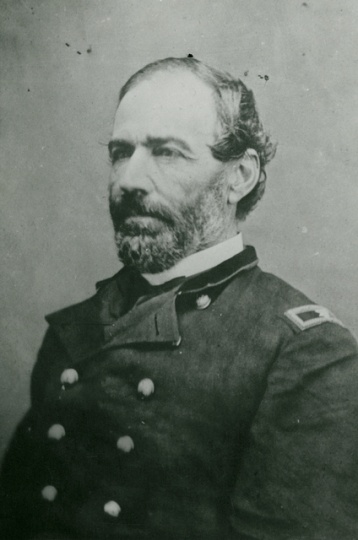
Seth Eastman
Public domain
Holding Location
More Information
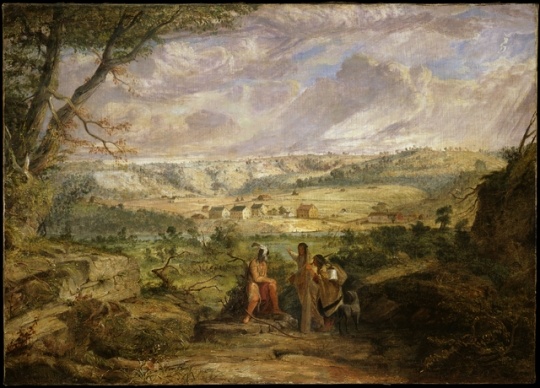
Mendota from Fort Snelling
Public domain
Holding Location
More Information
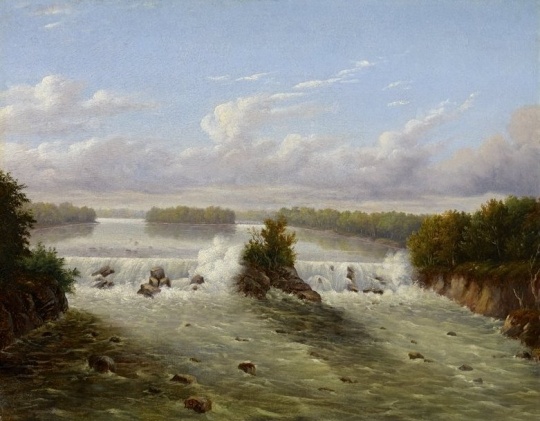
Owamniyomni (St. Anthony Falls)
Public domain
Holding Location
Articles
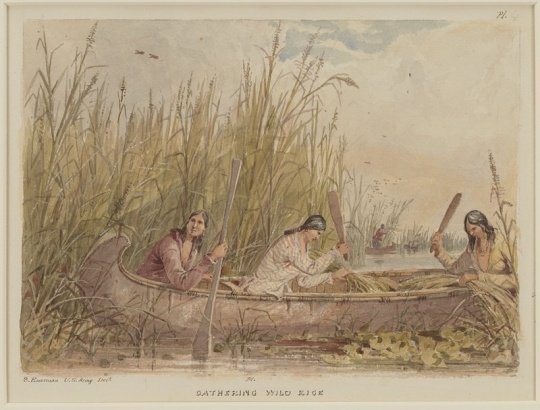
Gathering wild rice
Public domain
Holding Location
Articles
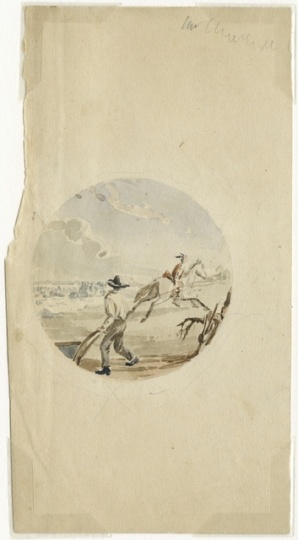
Design for Minnesota Territorial seal
Public domain
Holding Location
Articles
More Information
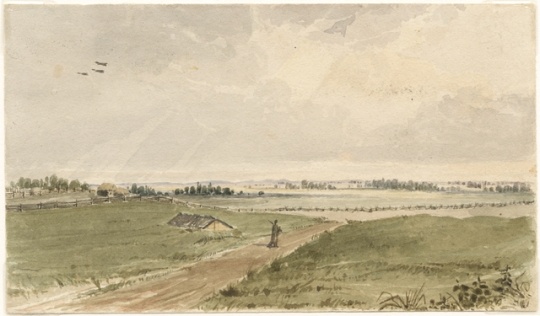
Prairie north of Fort Snelling
Public domain
Holding Location
More Information
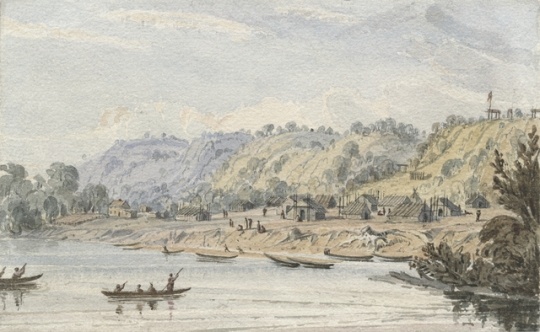
Taoyateduta’s village at Kaposia
Public domain
Holding Location
More Information
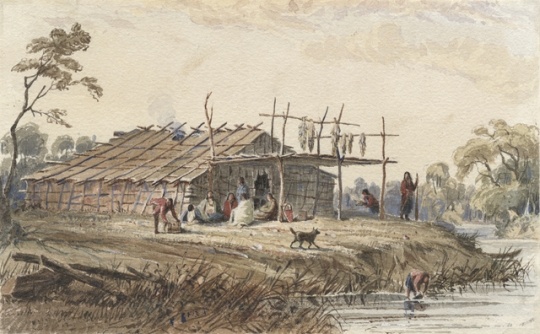
Dakota summer lodge
Public domain
Holding Location
More Information
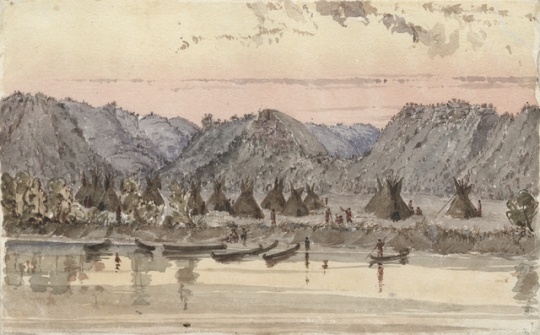
Wabasha's village
Public domain
Holding Location
Articles
Eastman, Seth (1808–1875)
Roc, Augustin (1787–ca. 1857)
Grignon, Antoine (1829–1913)
Dakota, Ho-Chunk, and French Indigenous Communities Between St. Paul and Prairie du Chien, ca. 1300–1865
Moving through Minnesota: Transportation in the Land of Lakes
More Information
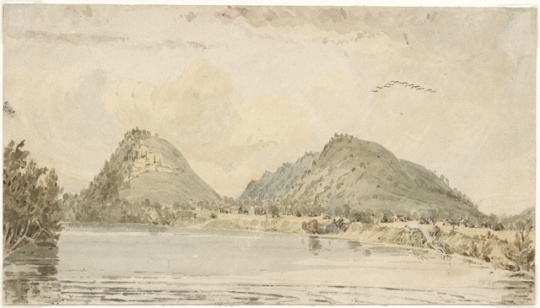
Red Wing’s village
Holding Location
More Information
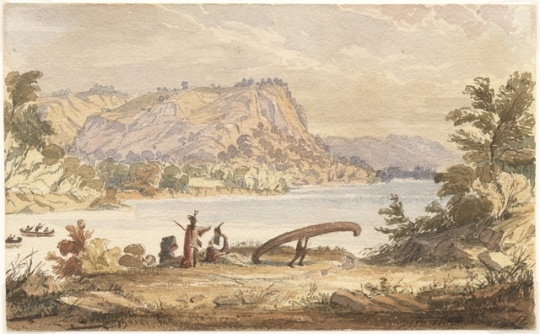
Dakota canoers above Prairie du Chien
Holding Location
More Information
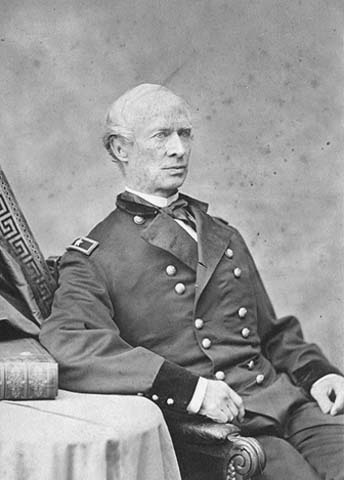
Seth Eastman late in his life
Public domain
Holding Location
Articles
More Information
Related Articles
Turning Point
Eastman is stationed at Fort Snelling in 1841.
Chronology
1808
1829
1830
1831
1833
1835
1837
1838
1840
1841
1849
1851
1867
1870
1875
Bibliography
Boehme, Sarah E., Christian F. Feest, and Patricia Condon Johnson. Seth Eastman: A Portfolio of North American Indians. Afton, MN: Afton Historical Society Press, 1995.
Eastman, Seth. Treatise on Topographical Drawing. New York: Wiley and Putnam, 1837.
Folwell, William Watts. A History of Minnesota. Vol. 1. St. Paul: Minnesota Historical Society, 1956.
Heilbron, Bertha L. "Sources for Northwest History: Seth Eastman's Water Colors." Minnesota History 19, no. 4 (December 1938): 419–423.
http://collections.mnhs.org/MNHistoryMagazine/articles/19/v19i04p419-423.pdf
Johnson, Lila M. "Found (and Purchased): Seth Eastman Water Colors." Minnesota History 42, no. 7 (Fall 1971): 258–267.
http://collections.mnhs.org/MNHistoryMagazine/articles/42/v42i07p258-267.pdf
Johnston, Patricia C. "The Artist's Life, The Indian's World." American History Illustrated 13, no. 9 (January 1979): 39–46.
Lorbiecki, Marybeth. Painting the Dakota: Seth Eastman at Fort Snelling. Afton, MN: Afton Historical Society Press, 2000.
McDermott, John Francis. Seth Eastman: Pictorial Historian of the Indian. Norman, OK: University of Oklahoma Press, 1961.
Minnesota Original. “Minnesota Historical Society Paintings.” Episode 230. March 31, 2011.
http://www.mnoriginal.org/episode/mn-historical-society-sharra-frank-the-honeydogs-230/minnesota-historical-society-paintings
Publications Catalog—The Eastman Forts. U.S. Army Center of Military History.
https://history.army.mil/Publications/Publications-Catalog/The-Eastman-Forts
Related Resources
Primary
Eastman, Seth. Memoir of General Seth Eastman, U.S. Army. Washington, D.C.: N.p., 1875.
Schoolcraft, Henry R. Historical and Statistical Information Respecting the History, Condition, and Prospects of the Indian Tribes of the United States. Philadelphia: Lippincott, Grambo, 1851–1857.
Secondary
Berg, Kristian. Seth Eastman: Painting the Dakota. St. Paul: Twin Cities Public Television, 2001.
Densmore, Frances. The Collection of Watercolor Drawings of the North American Indian by Seth Eastman in the James Jerome Hill Reference Library, St. Paul. Austin, TX: University of Texas Press, 1961.
McDermott, John F. The Art of Seth Eastman: A Traveling Exhibition of Paintings and Drawings Circulated by the Smithsonian Institution, 1959–1960. Washington, D.C.: Smithsonian Institute, 1959.
Web
Green, Rebecca H. Handbook of Texas Online. "Eastman, Seth." Austin, Texas: Texas State Historical Association, June 12, 2010.
http://www.tshaonline.org/handbook/online/articles/fea08.
Thompson, Toby. “Perspective: Seth Eastman [1808-1875].” Western Art and Architecture, April/May, 2016.
http://westernartandarchitecture.com/Article/perspective-seth-eastman-18081875
Wivchar, Felicia. “The House Indian Affairs Commission—Seth Eastman’s American Indian Paintings in Context.” Federal History 2 (2010): 16–27.













